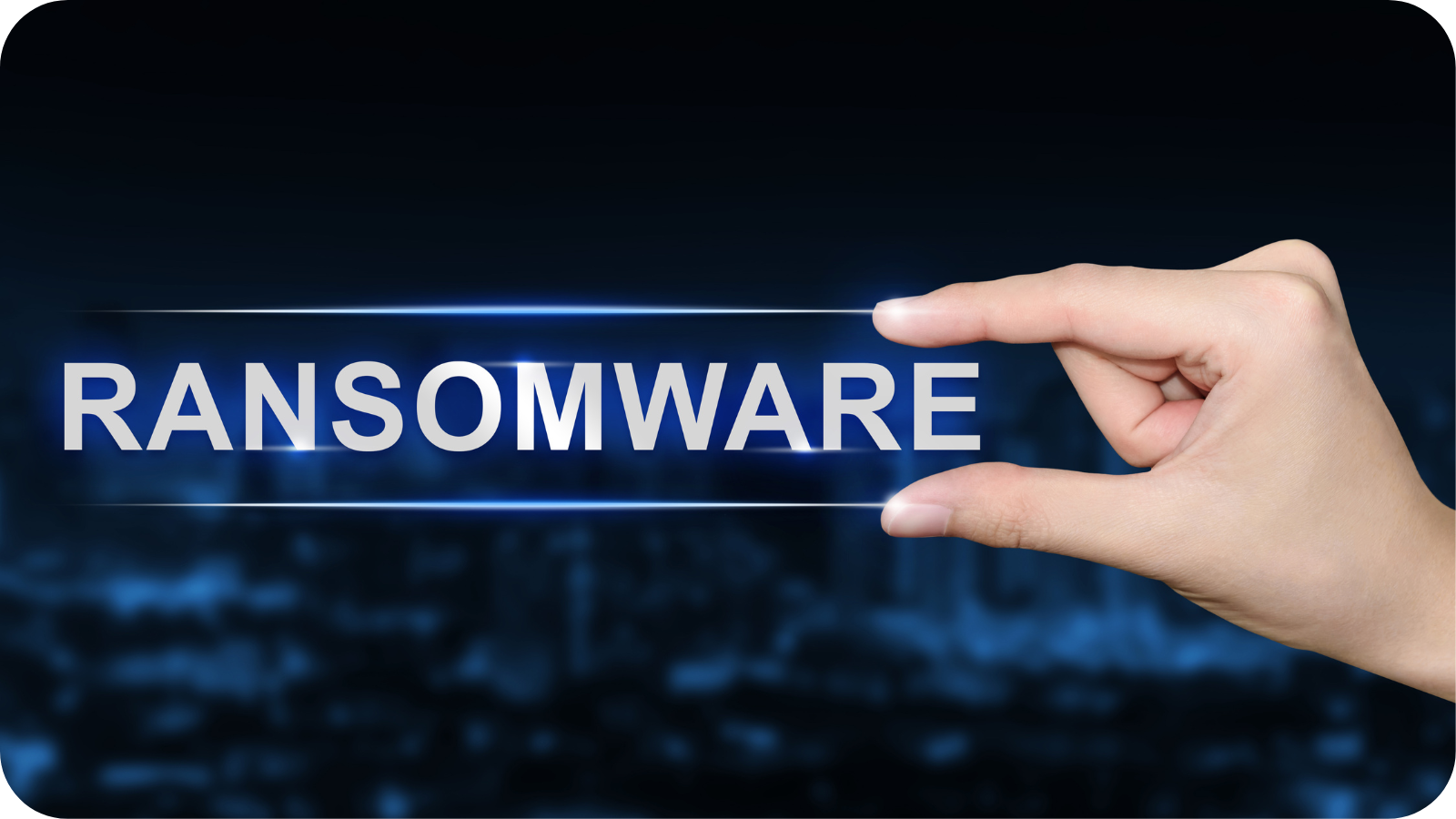In today's digital age, data reigns supreme. It fuels business operations, personalises experiences, and underpins the very fabric of our interconnected world. However, with great power comes great responsibility – the responsibility to safeguard sensitive data from unauthorised access, loss, or misuse. Data leaks and data loss can have devastating consequences, including damaged reputations, eroded customer trust, and hefty fines.
The Enemy Within: Understanding Data Leaks
Data leaks occur when sensitive information unintentionally escapes its secure confines. These leaks can be caused by a variety of factors, such as:
- Human Error: Surprisingly common mistakes like sending emails with attachments to the wrong recipient or misconfigured cloud storage settings can lead to data leaks.
- Cyberattacks: Malicious actors may employ sophisticated hacking techniques to infiltrate systems and steal data.
- Insider Threats: Disgruntled employees or third-party vendors with access to your data can pose a significant risk.
The Grim Reaper: The Impact of Data Loss
Data loss, on the other hand, refers to the complete or partial destruction of data. This can happen due to:
- Hardware Failure: Hard drive crashes or server malfunctions can wipe out critical information.
- Software Errors: Bugs or glitches in software can corrupt data.
- Natural Disasters: Floods, fires, and other natural disasters can wreak havoc on data centres.
The consequences of data leaks and loss can be severe, leading to:
- Financial Penalties: Regulatory bodies around the world impose hefty fines for data breaches.
- Reputational Damage: A data leak can shatter customer trust and damage your brand image.
- Operational Disruption: Lost data can cripple business operations and hinder productivity.
Building a Fortress: Data Security Strategies
Now that you understand the threats, let's equip you with some effective data security strategies:
- Employee Training: Empower your workforce to identify suspicious activity and handle data responsibly through cybersecurity awareness training.
- Access Controls: Implement a system of access controls to restrict access to sensitive data based on the principle of least privilege.
- Encryption: Encrypt your data both at rest and in transit to render it unreadable in case of a breach.
- Regular Backups with Isolated Storage: Maintain secure and regular backups of your data. However, to ensure these backups remain secure in the event of a cyberattack, consider storing them in an isolated location, separate from your primary systems. This "air gap" makes it significantly harder for attackers to access and compromise your backups.
- Incident Response Plan: Develop a comprehensive incident response plan outlining the steps to take in the event of a data leak or loss.
Conclusion: Data Security – An Ongoing Battle
Data security is not a one-time fix; it's an ongoing process requiring constant vigilance and adaptation. By implementing the strategies outlined above and fostering a culture of data security within your organisation, you can significantly reduce the risk of data leaks and loss. This ensures the integrity of your valuable information and protects your business from costly consequences.
Looking to learn more about implementing these data security best practices? Celerity offers a comprehensive suite of solutions designed to safeguard your data. From managed backups and disaster recovery to airgap storage and storage management, we can help you develop a data security strategy that meets your unique needs. Contact Celerity today to discuss your data security requirements!




